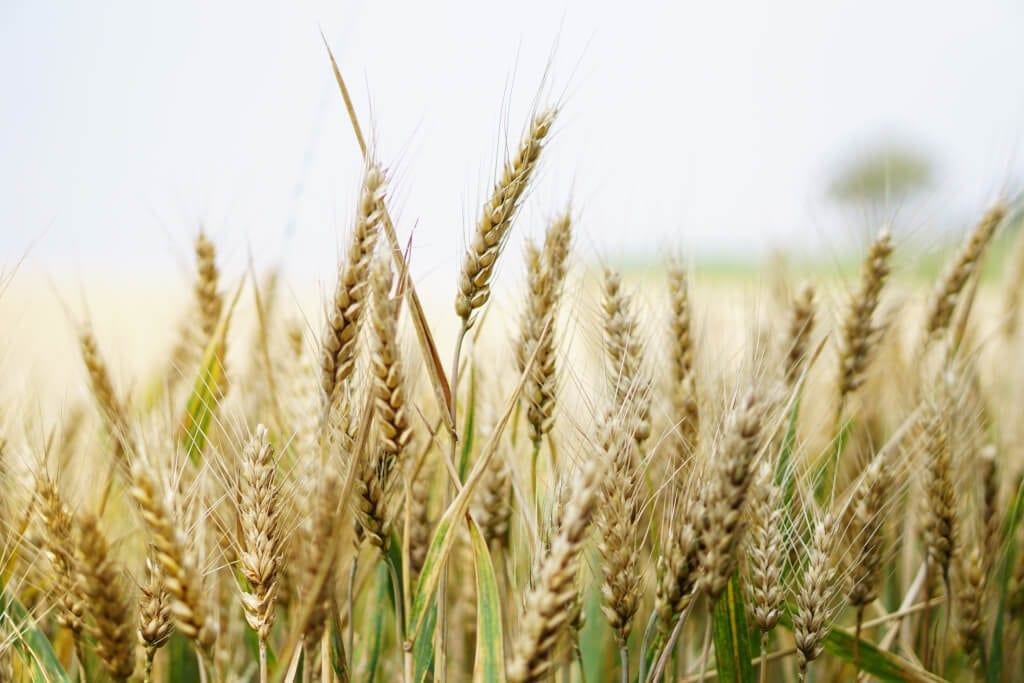Whole Grains Part 1
By Emily Reilly
There are so many conflicting messages about grains, it is hard to sift out accurate information from all the hype. You may have heard from various sources that eating any type of grain is going to create a whole cascade of ill health, from bad skin to obesity, to a nasty attitude. On the other hand, other health professionals will tell you that grains are essential to a balanced diet.
The truth is more complex, and each person needs to navigate their own path to figure out what works best for their activity level, nutrition requirements, budget, and lifestyle.
First things first…What is a grain? Grains come from the seed portion of grasses. Whole grain foods include all three parts of the seed:
Bran – forms the outer layer of the seed and contains fiber, B vitamins, minerals (magnesium, phosphorus, iron, zinc, selenium, copper) and phytochemicals;
Endosperm – is the kernel and bulk of the seed containing complex carbohydrates, protein and B vitamins;
Germ – produces the sprout and contains B vitamins (niacin, thiamin, riboflavin), vitamin E, minerals, unsaturated fats, phytochemicals and antioxidants.
What are they made of?
Whole grains are a great source of complex carbohydrates and fiber that fill you up, help with digestion and depending on their preparation, contain fewer calories than other “filling” foods.
Whole grains have both soluble and insoluble fiber. Soluble fiber slows stomach emptying and nutrient absorption, reducing the rise in glucose and insulin to improve blood sugar control. Insoluble fiber adds bulk to stool and shortens transit time through the colon, reducing the time the bowels carry waste products.
Different grains also contain nutrients such as tocopherols, beta-carotene, vitamin C, folate, glutamine, phytoestrogens, lignans, flavonoids, oligosaccharides, inositol, phenolics, saponins, lectins, and protease and amylase inhibitors. These nutrients may prevent diseases, lower blood cholesterol, stabilize blood sugar and improve immune function.
Some grains contain the gluten. This is a specific protein that should be avoided by people with celiac disease (between 0.55% and 6% of Americans have celiac disease)
Here is a list of common grains used in cooking. Starred items contain gluten.
Barley*
Bulgur wheat*
CornDurum wheat*
Einkorn*
Emmer*
Farro*
Fonio
Kamut*
Millet
Oats*
Popcorn
Rice
Rye*
Semolina wheat*
Sorghum
Spelt*
Tiff
Triticale*
Wheat*
Wild rice
Finding whole grains in the grocery store
The importance in knowing whole grains versus refined grains is that refined grains contain only the endosperm and lose up to 80 percent of their nutrients after the bran and germ are removed.
Whole grain foods are usually labeled as such, but read carefully…some products only have a small amount of whole grain, and even use caramel colouring and molasses to add a “healthy” brown color. Whole grain foods are labeled as containing: “100% whole grain” or “whole wheat.” Food is often made mostly of refined grain if it is labeled: “100% wheat,” “cracked wheat,” “multigrain,” “oat bran,” “pumpernickel,” “rye” (breads), “wheat,” “wheatberry,” “stone ground” or “stoned wheat,” “whole bran” (“7-bran,” “12-bran”) or “7-grain” (“9-grain,” “12-grain”).
Many producers of refined grains have added minerals and vitamins back into their products, but they are not able to fully restore the compliment of nutrients fiber that the whole grain originally contained. Whole grain cereals and breads have three to six times more fiber than refined cereals or white bread.
Stay tuned, we will next dispel some of the myths surrounding grains that have lead people to cutting them out of their diet entirely.







